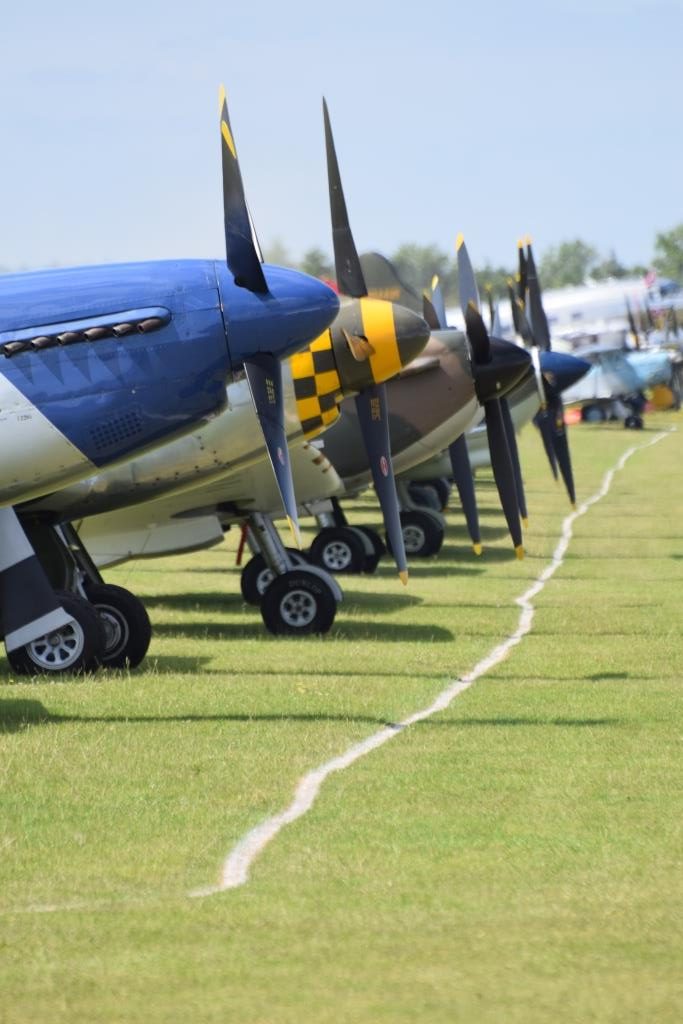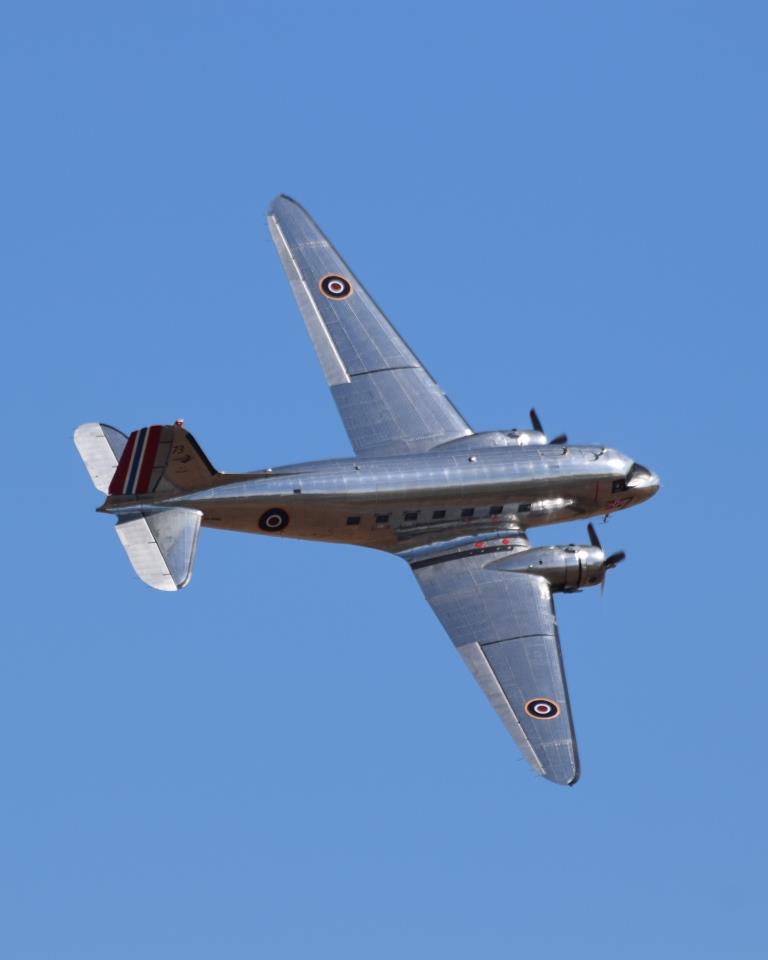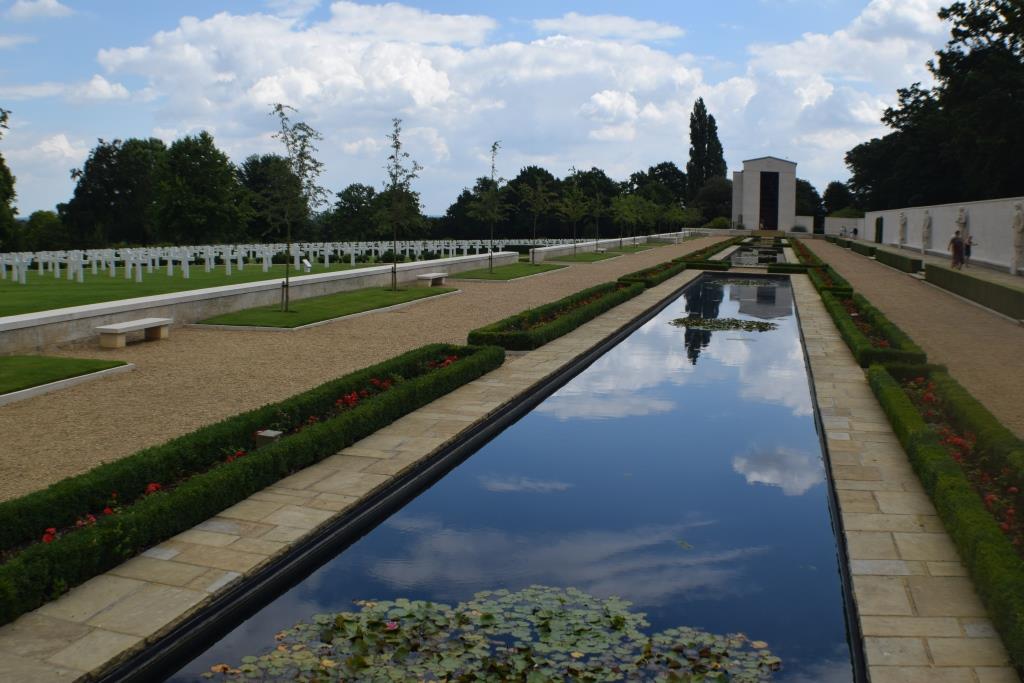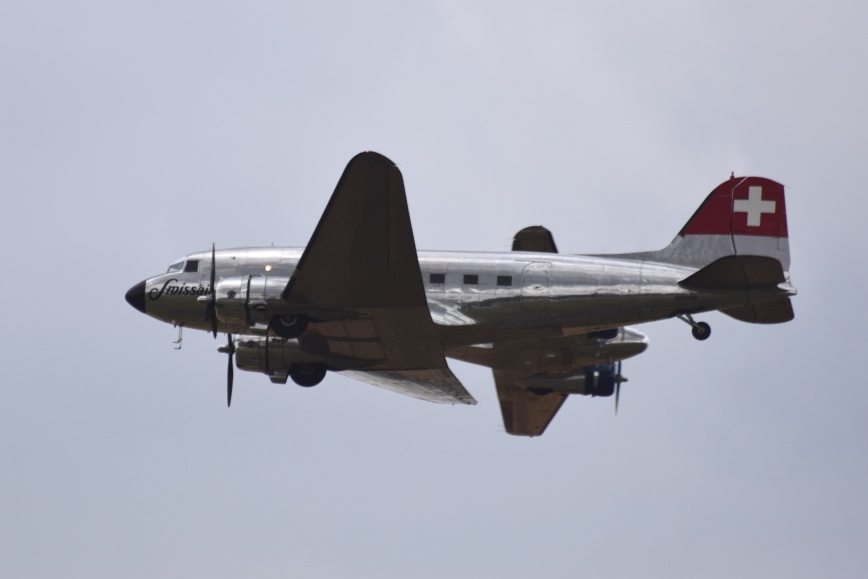For the World War II warbird enthusiast, Duxford’s annual Flying Legends air show is a must see. Located in Cambridgeshire, England at the Imperial War Museum Duxford, this show is one of three the museum hosts each year. The Flying Legends Airshow is typically held in early July. While the museum itself boasts an impressive permanent collection of aircraft, it is the paved runway and especially grass landing strip that makes this location and air show unique. As a RAF base and later an Eighth Air Force facility during the war, Duxford also provides a historical setting.
As a Yank visiting a strange land where many of the locals actually speak something close to English, this was my time attending an air show outside of the states. As such, while it had some similarities to American air shows, there was a different feel as well. First of all, there was the expected preponderance of British WWII aircraft. Previously, I have only seen one or two RAF planes at shows, namely the glorious Spitfire. On this occasion there were at least nine Spitfires, several Hurricanes as well as the world’s sole flying Blenheim. Additionally there were other era aircraft from the continent, such as: a Spanish built Me-109, a couple of C-47s, and the sole flying B-17 in Europe.
The weather cooperated, for the most part, as there was no rain during the show though it was often overcast. Still the sun would breakout offering some nice light for photographing the aircraft. The grass landing strip offered a great backdrop for the planes when on static display or coming in for a landing. Each morning, before the show, attendees were given access to the flight line for a closer look at the planes as well as photography. Additionally, reenactors, posing as WWII service personnel and civilians, stood with the aircraft offering a human element when photographing the scene.

The only non-WWII era planes to perform belonged to the Royal Air Force Aerobatic Team, aka the Red Arrows. Again, this was a first for me, as the Arrows flew nine ship formations with their BAE Hawks. One nice touch was the use of red, white and blue smoke during their show. These different colors provided a nice visual accent. It’s surprising the American Thunderbirds and Blue Angels don’t also use a similar red, white and blue smoke system.

Mustangs had a rough weekend, with two P-51s sustaining some damage. The P-51B “Berlin Express” had its Malcolm hood disintegrate during flight though the pilot was unhurt and able to land without further incident. During the final flight of the show, the P-51D “Miss Velma” was forced to make a wheels up landing in a nearby field due to engine failure. Fortunately the pilot was not injured, and the plane should be repairable.
Located just ten miles away from Duxford is the Cambridge American Cemetery and Memorial. Situated on land donated by Cambridge University, the cemetery contains the remains of 3,812 Americans who perished during the war plus 5,127 individuals who are memorialized on the Tablets of the Missing. The cemetery is a powerful reminder of the cost paid by these young men.
All in all, my experience at the show, museum and cemetery was a wonderful time. Should you get the chance to visit Duxford, I highly recommend it.





